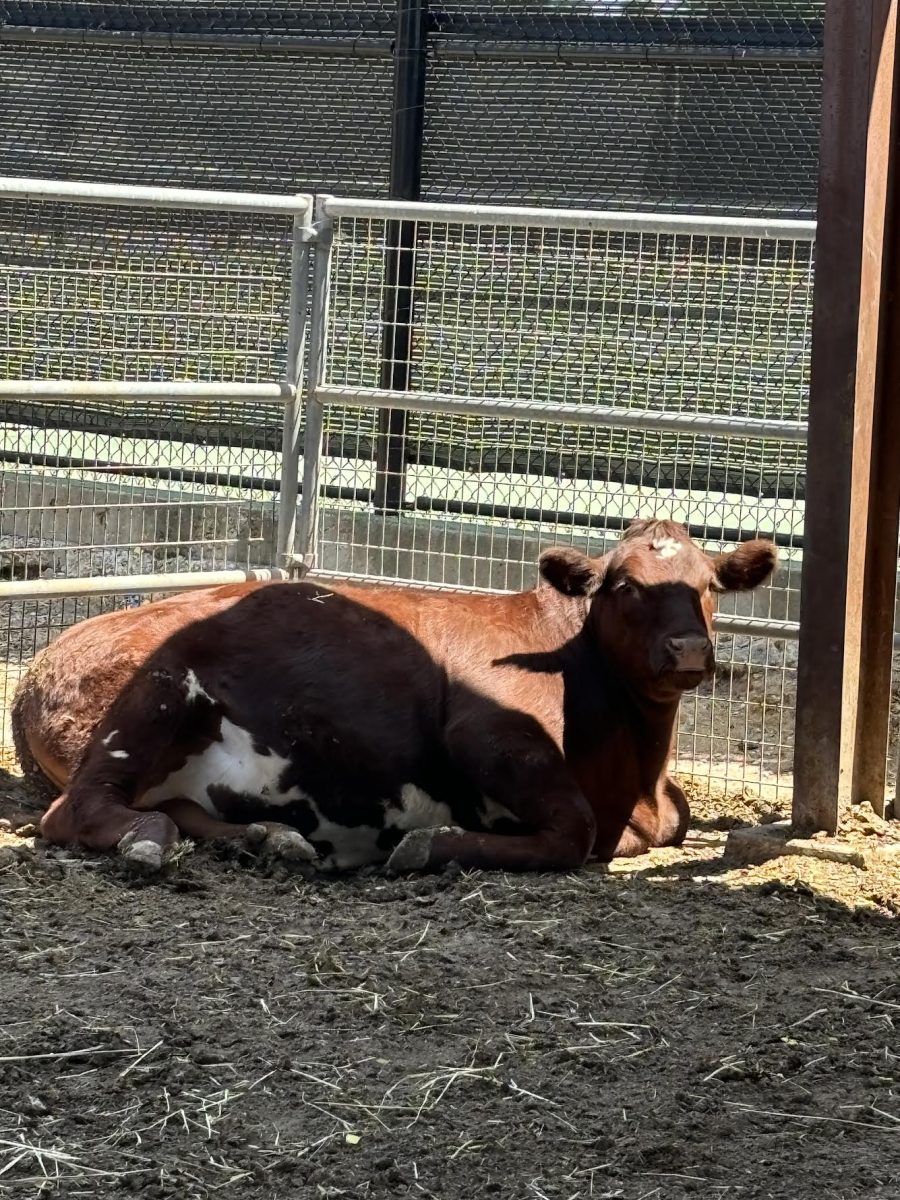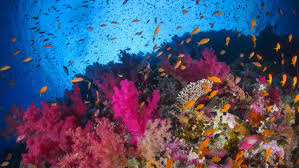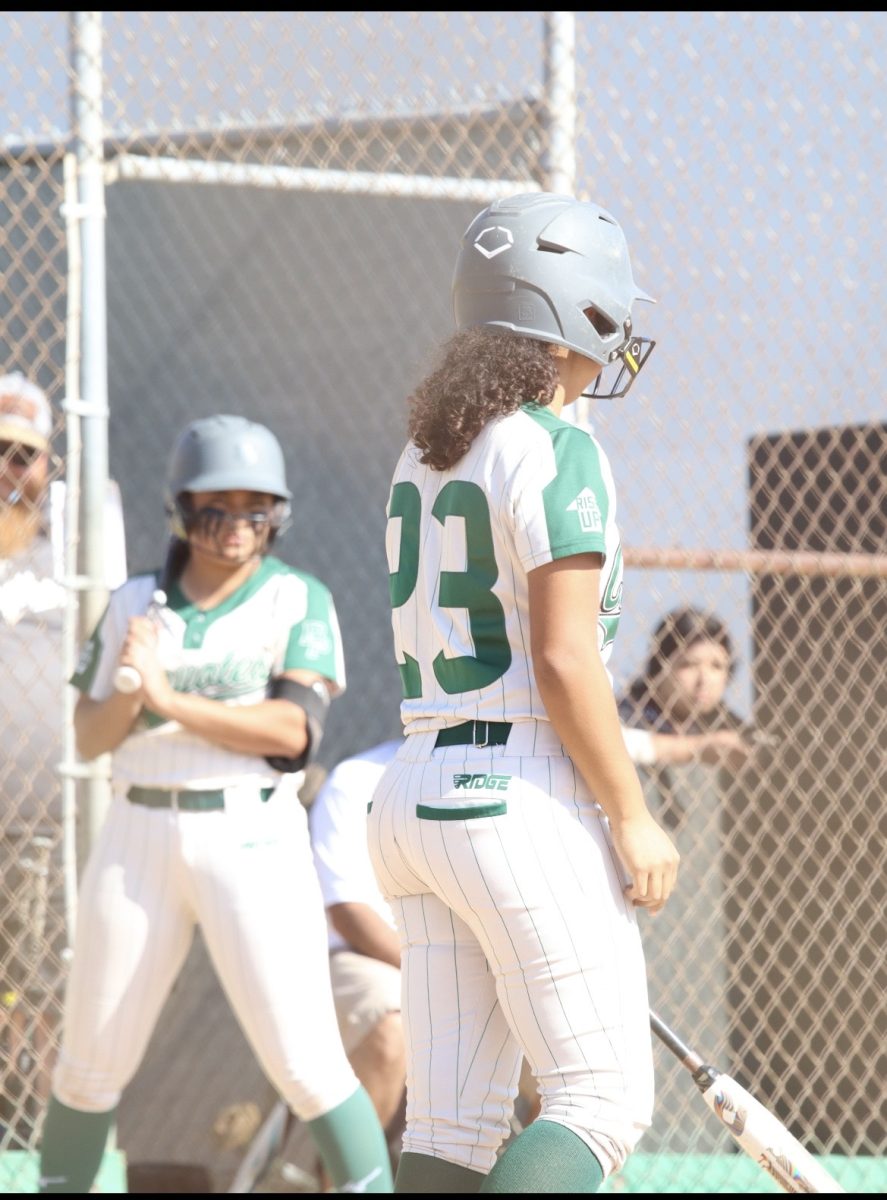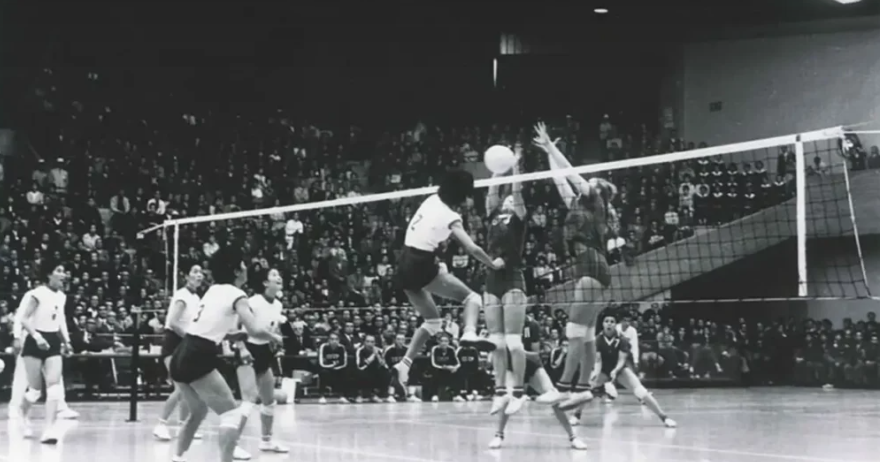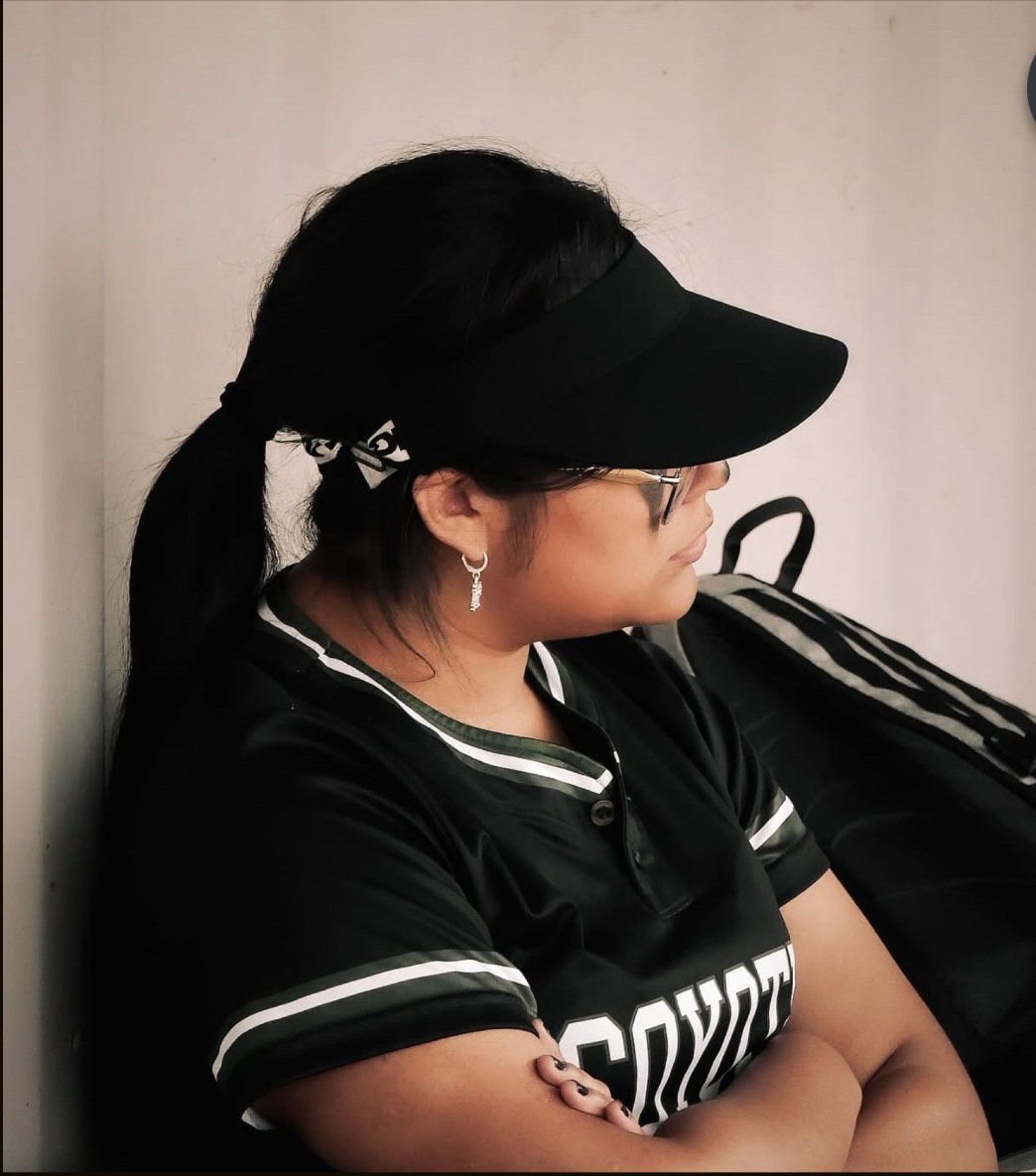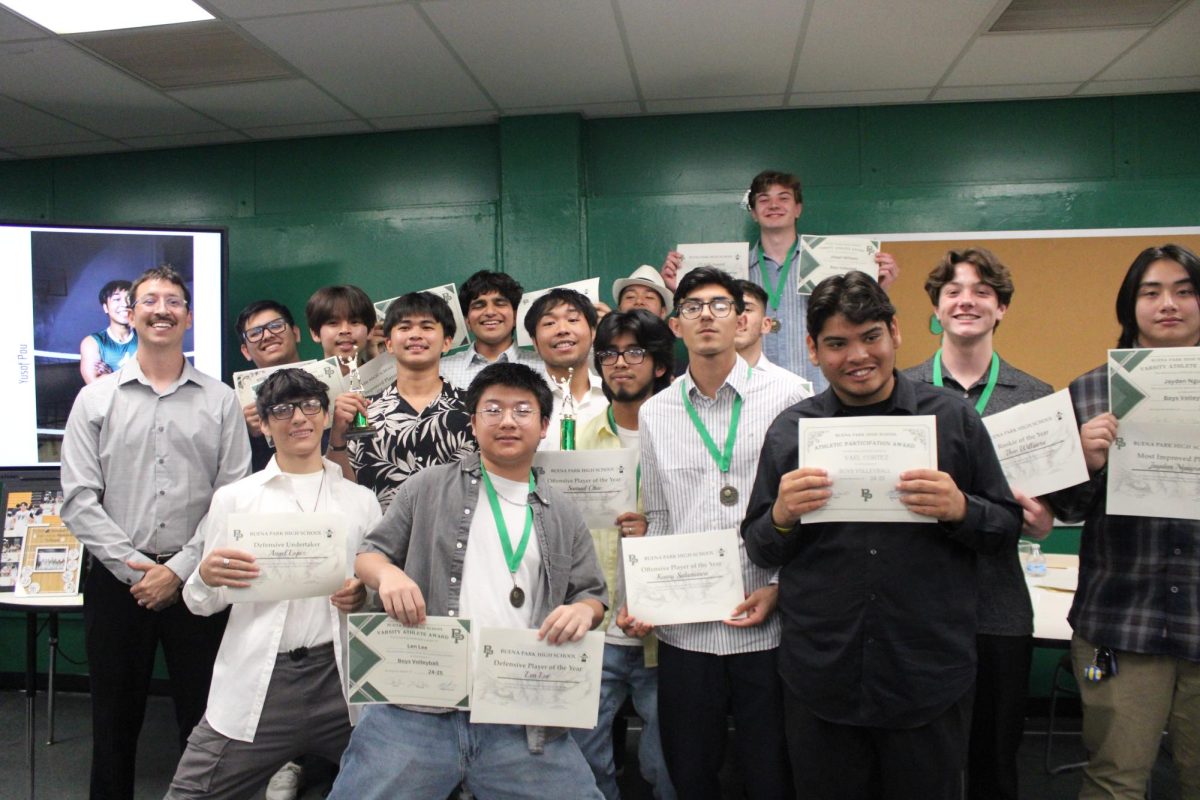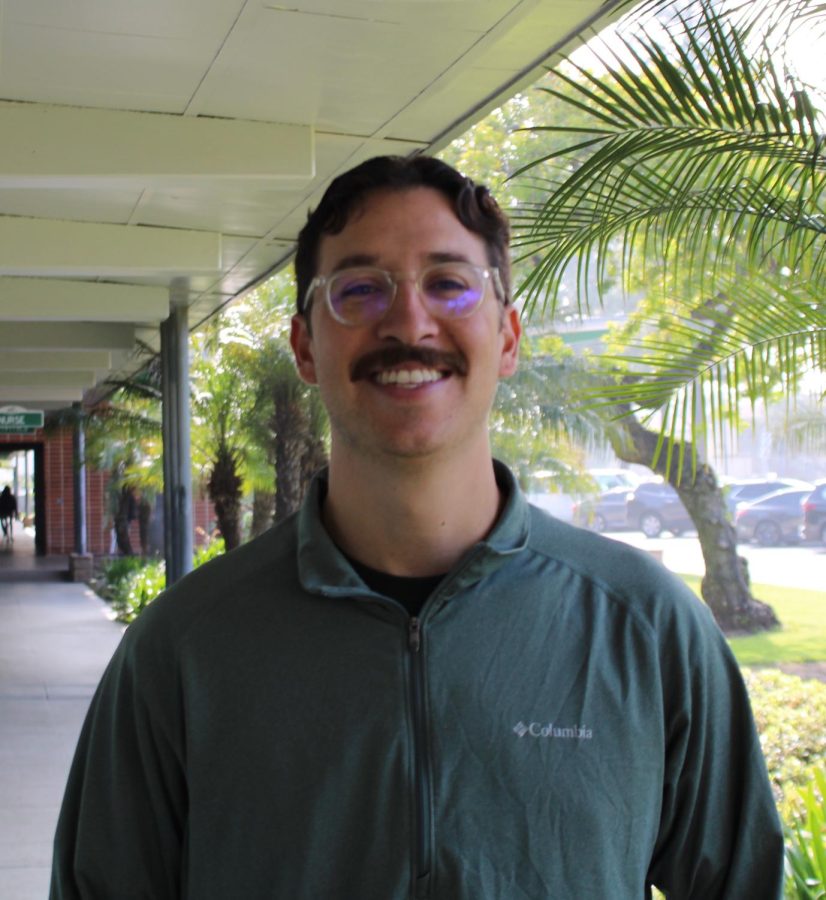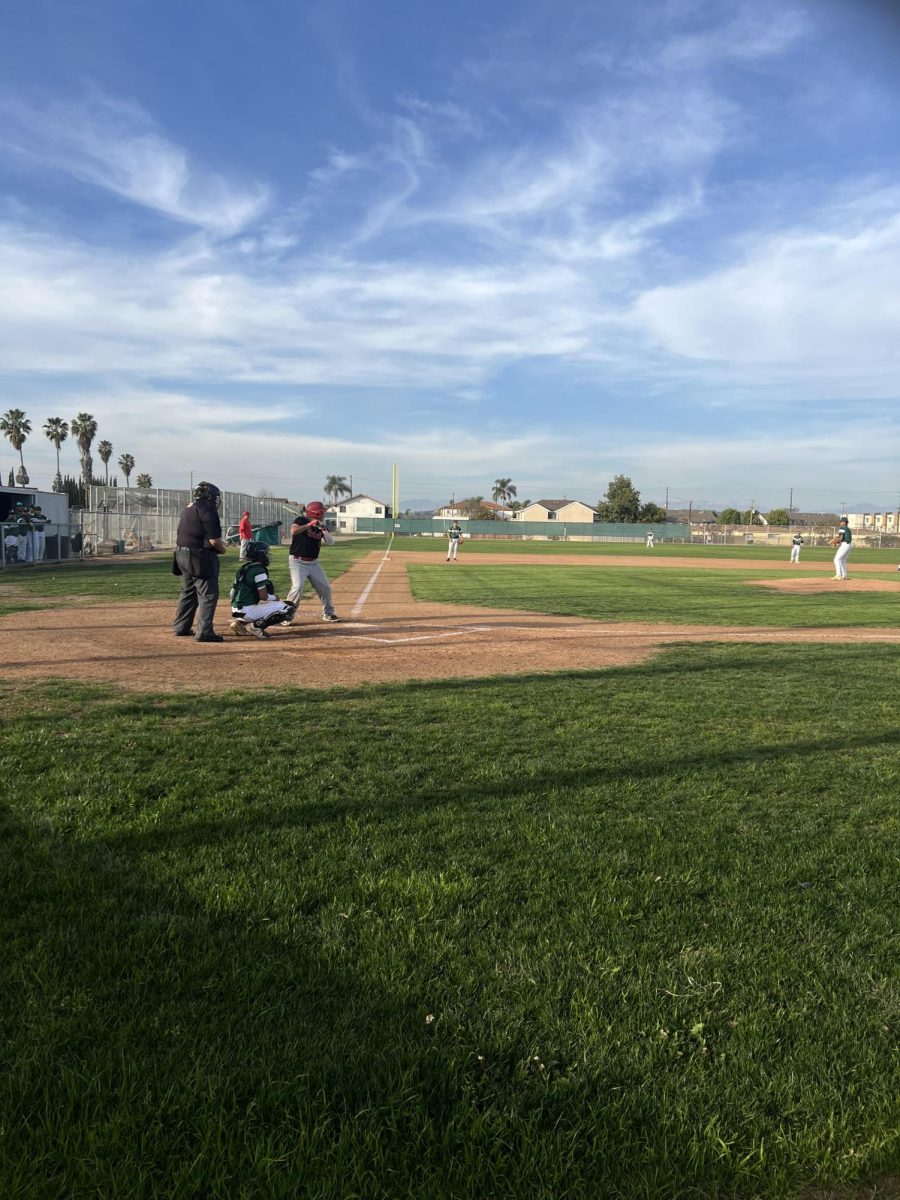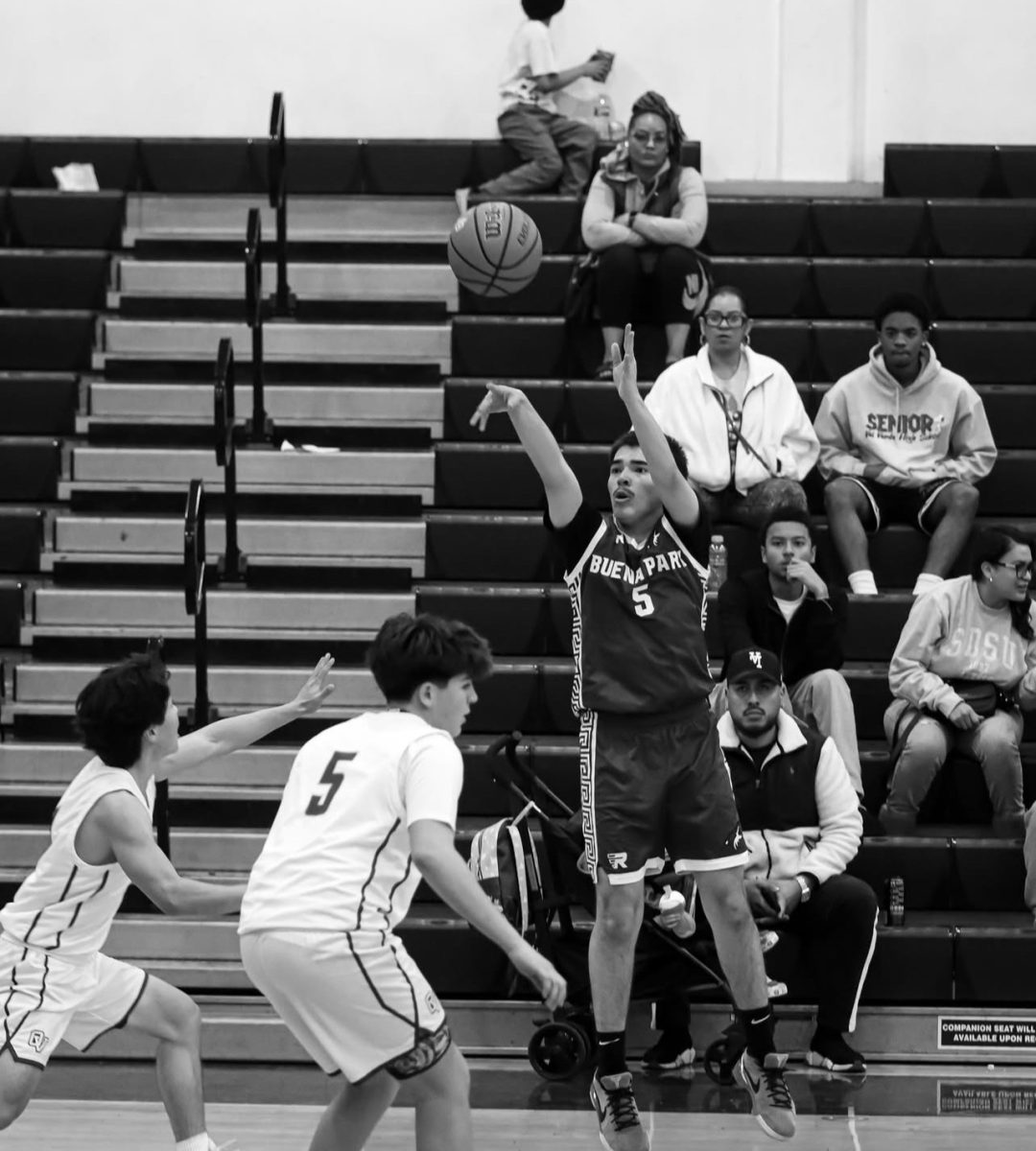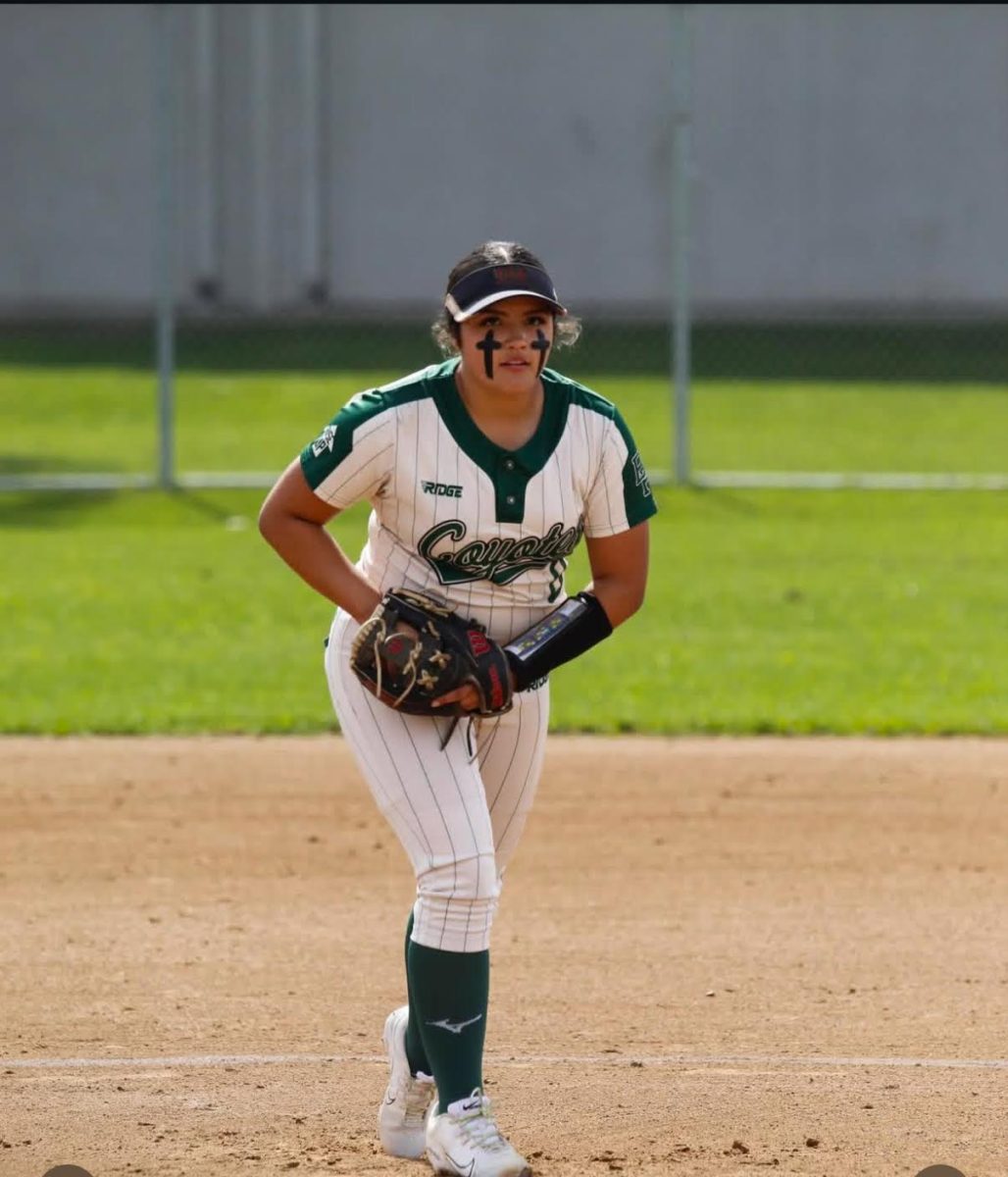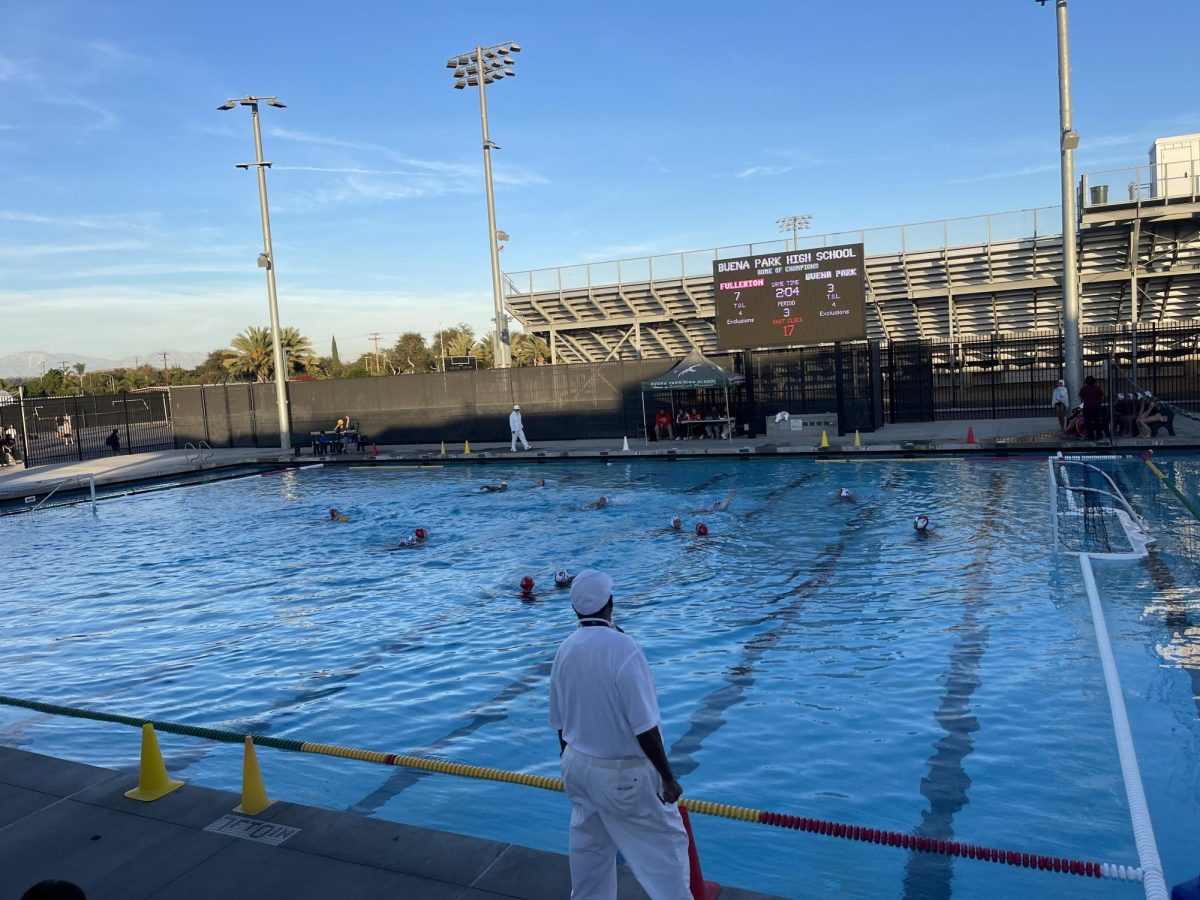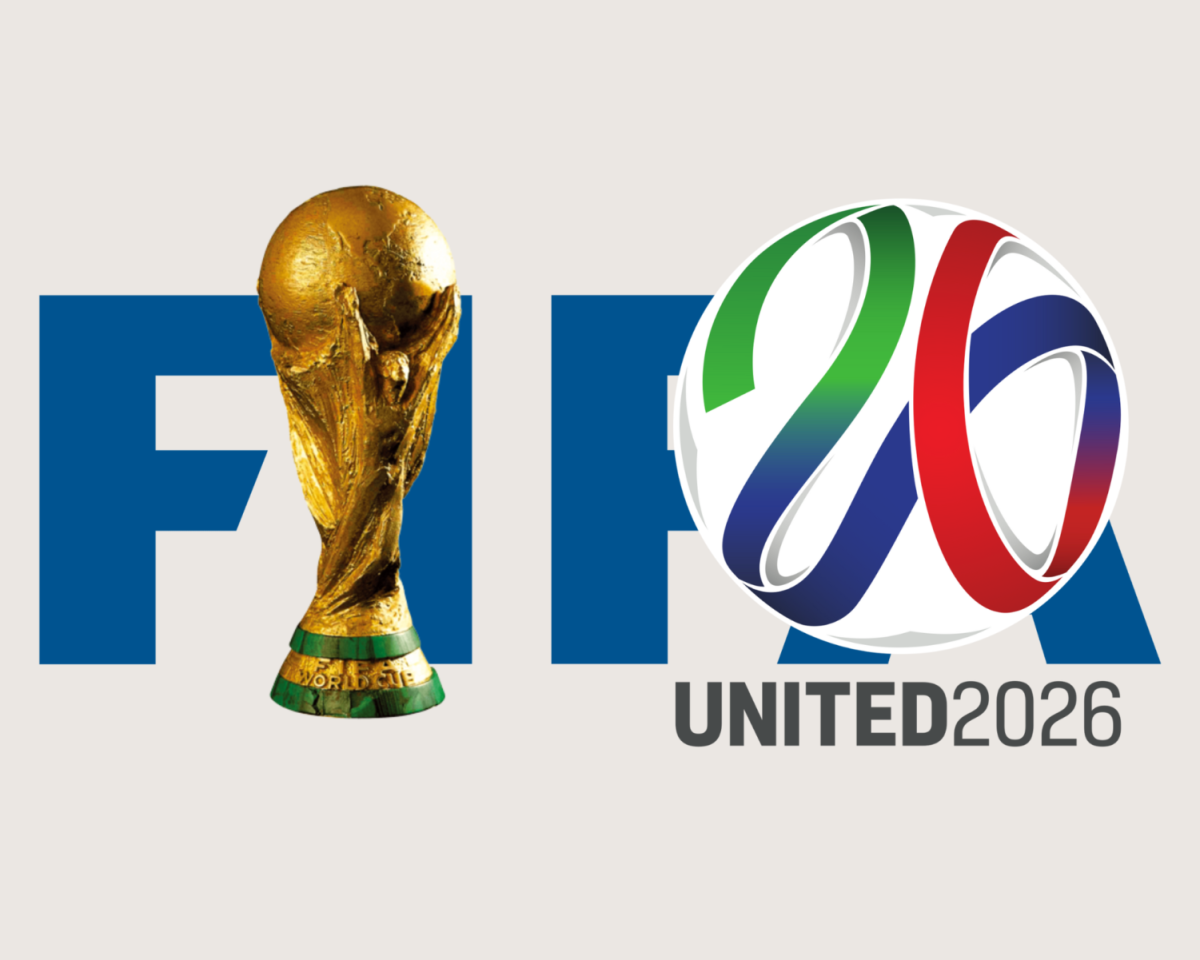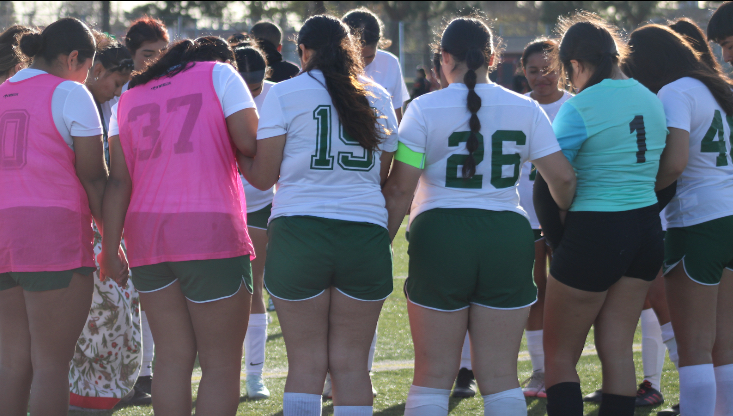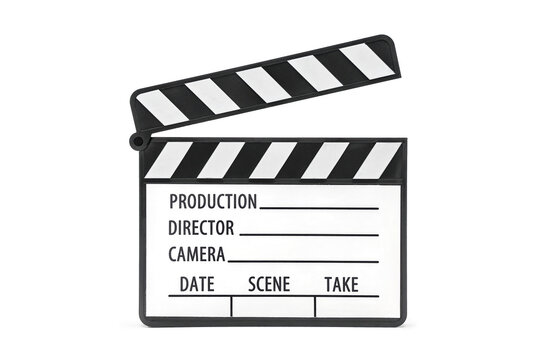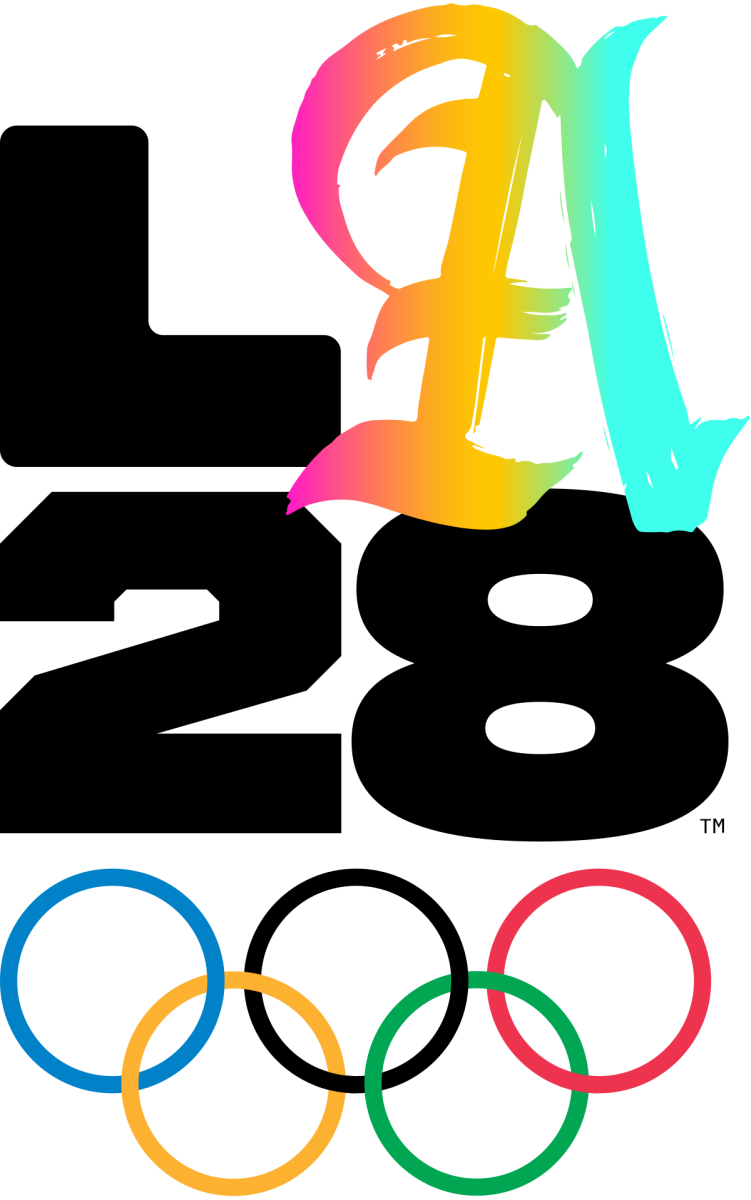
The concept of beauty and diversity within the makeup industry encompasses a rich tapestry of representation, highlighting the myriad of skin tones, ethnic backgrounds, ages, and body types that reflect the true essence of society. This commitment to inclusivity is evident in the extensive range of foundation shades crafted to complement every individual’s unique complexion. Moreover, marketing and advertising strategies proudly showcase models of diverse appearances and cultural heritage, celebrating the distinctive beauty in every corner of the world. By embracing such a vibrant spectrum of identities, the industry acknowledges and honors beauty’s multifaceted nature.
Expanding Shade Diversity: The cosmetics industry is gradually recognizing the vital importance of providing an inclusive array of shades in foundations, concealers, and various products. This commitment ensures that individuals across the full spectrum of skin tones can find makeup that truly enhances and complements their unique complexions. Historically, many brands offered a limited palette of shades, predominantly catering to lighter skin tones, leaving a significant gap in representation. Today, however, the push for diversity is transforming the beauty landscape, enabling everyone to embrace and celebrate their natural beauty with confidence.
The representation of beauty in marketing is undergoing a significant transformation, evolving to embrace a richer and more inclusive understanding of what beauty truly encompasses. This shift is marked by the celebration of models representing diverse ethnicities, ages, body shapes, and abilities in advertisements and promotional materials. By showcasing this vibrant tapestry of humanity, brands are actively challenging traditional beauty standards and fostering a more realistic and multifaceted portrayal of beauty. This approach not only highlights the uniqueness of every individual but also inspires a deeper appreciation for the varied forms of beauty that exist within our society.
Enhancing Inclusivity in Product Development: Inclusivity in product development encompasses far more than mere shade ranges; it involves a holistic approach to creating formulations and features that resonate with a diverse audience. This means meticulously crafting products that address specific skin types and concerns, such as soothing formulas for sensitive skin or non-comedogenic options for those battling acne-prone skin. Additionally, it entails a thoughtful consideration of the needs of individuals with disabilities, ensuring that makeup is not only aesthetically pleasing but also accessible and functional for everyone. By prioritizing these elements, they foster an environment where beauty knows no boundaries, inviting all individuals to embrace their uniqueness with confidence and ease.
Challenging Conventional Beauty Norms: The growing emphasis on diversity and inclusivity within the makeup industry confronts entrenched, often Eurocentric definitions of beauty. This transformative shift nurtures a broader, more accepting understanding of what beauty can be, celebrating the unique characteristics of individuals from a myriad of backgrounds. Driven by a surge in consumer demand and a deepening awareness of the critical importance of representation, this change invites everyone to embrace their distinctiveness and redefines the standards of beauty for a more equitable future.
The beauty and diversity movement within the cosmetics industry serves as a vibrant call to action, advocating for a richer array of shades that reflect the true spectrum of human skin tones. It champions the representation of models from a multitude of backgrounds, ensuring that advertising campaigns resonate with a broader audience. By developing inclusive products that cater to various needs and preferences, the industry is not only challenging conventional beauty norms but also celebrating individuality and authenticity. This transformative approach nurtures a more representative and inclusive landscape, ultimately serving a diverse community of consumers who seek to feel seen and valued in their beauty choices.
Beauty Beyond Boundaries
Beauty, in its most fundamental and profound form, acts as a universal language that surpasses borders. It overcomes the limits of geography, traverses various cultural terrains, and moves beyond individual interpretations. The complex craftsmanship of a spider’s web, shimmering like gems in the morning dew, the tender dance of a flower’s delicate petals, and the grand flight of an eagle soaring against the clear blue sky – all these magnificent aspects evoke a deep sense of awe, resonating deeply within individuals, regardless of their origins or beliefs.
Breaking Down Barriers: The idea of “beauty without borders” boldly confronts societal norms and long-standing beliefs that have shaped our perceptions for ages. For centuries, narrow definitions of beauty have prevailed, often sidelining those who do not meet these limiting standards. However, the true nature of beauty is found in its rich diversity. It thrives in the distinct traits that characterize each person, within the colorful tapestry of cultures that enhance our lives, and throughout the stunning landscapes of our world. By acknowledging and appreciating this diversity, we reveal the profound richness and intricate beauty of our surroundings, fostering a more inclusive perspective on what beauty truly signifies.
Celebrating Diversity: At its essence, the celebration of beauty beyond boundaries is a heartfelt acknowledgment of our differences. It invites us to recognize and cherish the unique qualities that render each individual, culture, and natural marvel truly exceptional. This celebration transcends mere superficial appearances, compelling us to delve deeper and appreciate the intrinsic beauty that resides within every facet of life. By embracing this perspective, we cultivate empathy and tolerance, enriching our understanding and fostering a profound appreciation for the world’s intricate and multifaceted beauty. In doing so, we create a vibrant tapestry woven from diverse threads, each contributing to the magnificent panorama of the human experience.
Exploring the Evolution of Beauty
Perceptions of beauty have dramatically shifted throughout history, reflecting cultural values, societal norms, and even technological advancements. In ancient Greece, idealized beauty emphasized symmetry, proportion, and athleticism, as seen in its sculptures. The Renaissance saw a move towards a more curvaceous, fuller figure, celebrated in the paintings of Botticelli and Rubens. These shifts demonstrate that
beauty standards are not inherent but constructed within specific cultural contexts.
The 20th and 21st centuries have been profoundly shaped by the pervasive influence of mass media and technology on perceptions of beauty. A myriad of publications, cinematic productions, and dynamic social media platforms frequently showcase idealized and often unattainable standards of beauty. This cultural phenomenon has sparked widespread concerns regarding body image as individuals grapple with the daunting pursuit of norms that can feel utterly out of reach. The rise of photo editing software and the ubiquitous use of filters exacerbate these issues, crafting a distorted lens through which reality is viewed and reinforcing a relentless cycle of dissatisfaction. This situation underscores the powerful role of media in not only shaping but also perpetuating specific beauty ideals that can leave many feeling inadequate in their skin.
The Evolving Landscape of Inclusivity in Beauty: In recent years, a profound and transformative movement has emerged, championing greater inclusivity and diversity in beauty standards. This shift underscores a burgeoning awareness of the restrictive and detrimental effects perpetuated by narrow, homogeneous ideals. By embracing a vibrant tapestry of body shapes, ethnic backgrounds, and ages, society is actively challenging antiquated perceptions of beauty and fostering a more realistic and accepting perspective on what is deemed attractive. This evolution signals a promising transition toward a more nuanced and inclusive understanding of beauty, inviting a wider range of expressions and redefining what it means to be beautiful in today’s world.
The evolution of beauty vividly highlights its dynamic and deeply personal nature. Historical patterns reveal how cultural values and artistic movements have profoundly influenced our understanding of beauty across different eras. In contrast, the contemporary landscape is significantly shaped by the pervasive effects of media and technology, which amplify and redefine standards of attractiveness. The ongoing shift toward inclusivity suggests a promising future in which beauty is celebrated in its myriad and diverse expressions, moving beyond restrictive and often unattainable ideals to embrace a broader, more authentic appreciation of individuality.
Negative Impact on Society
The beauty industry, often dismissed as superficial, has a significant and detrimental impact on society. It fundamentally shapes individuals’ self-perception and perpetuates various ethical and environmental challenges. Its pervasive influence reaches deep into our culture, affecting how people, particularly women, view their worth and beauty. Addressing these complex issues is crucial for fostering a healthier, more sustainable society where self-acceptance flourishes and the planet is respected. By confronting these challenges, we can pave the way for a more equitable and conscious approach to beauty.
The beauty industry often promotes a limited and frequently unrealistic standard of beauty through its advertising and marketing methods. Polished, heavily retouched images showcase an ideal that is difficult to achieve, creating feelings of inadequacy and pushing individuals, especially young people, to face self-esteem issues, body dysmorphia, and various mental health difficulties. This constant exposure to refined, idealized images of beauty creates a widespread culture of dissatisfaction, leading to unhealthy comparisons and hindering true self-acceptance. The pressure to align with these unrealistic standards can be overwhelming, leaving many feeling marginalized and disconnected from their authentic selves.
Environmental Damage: The manufacturing and packaging of beauty products frequently result in considerable ecological harm. Many products contain hazardous chemicals that threaten aquatic organisms and disrupt fragile ecosystems, while the overuse of packaging contributes to alarming quantities of waste piling up in landfills. Furthermore, the industry’s unsustainable approaches—such as deforestation caused by palm oil farming and the presence of microplastics—worsen environmental issues and significantly contribute to climate change. These actions not only endanger the health of our planet but also reduce biodiversity, leaving a lasting effect on our natural environment.
Ethical Concerns in Manufacturing and Testing: The beauty industry has a troubling history marked by unethical practices, including the exploitation of animals in experiments and the harsh treatment of laborers in developing countries. Many beauty products are subjected to testing on animals, causing unnecessary suffering and distress. Moreover, the manufacturing processes often unfold in environments where workers face meager wages, hazardous conditions, and inadequate protection. These ethical shortcomings not only diminish the credibility of the industry but also perpetuate cycles of social injustice, leading to a widespread erosion of trust among consumers and advocates for humane practices.
A multifaceted strategy is essential to mitigate the harmful impacts of the beauty industry. This approach should encompass the promotion of body positivity and authentic beauty ideals through targeted media education and heightened awareness campaigns. Emphasizing sustainable practices and advocating for eco-friendly products will contribute to a healthier environment. Additionally, we must demand increased transparency and ethical accountability from beauty brands, ensuring they operate with integrity and respect for both consumers and the planet. By addressing these critical issues, we can cultivate a more inclusive, environmentally conscious, and socially equitable society, ultimately minimizing the adverse effects of the beauty industry on individuals and our shared environment.
The Business of Beauty
The cosmetics sector is a global business worth billions of dollars.
The beauty industry covers a broad array of products and services aimed at improving physical appearance. This includes items such as cosmetics, skincare products, hair care essentials, fragrances, and personal care goods. In addition to products, the industry also includes services provided by salons, spas, and cosmetic surgery facilities. The market is highly diverse, addressing a wide range of consumer requirements and tastes.
Market Segmentation: The beauty sector is greatly divided, with distinct products and services aimed at various demographics, ethnic backgrounds, and lifestyles. Recent trends indicate an increasing focus on natural and organic ingredients, sustainable methods, and customized beauty options. The growth of social media has also had a substantial effect on the industry, shaping trends and generating new marketing and brand development opportunities.
The beauty sector plays a pivotal role in the global economy, generating substantial revenue and creating a wide array of job opportunities. Its prospects appear promising, driven by an increase in disposable incomes, a surge in consumer awareness surrounding self-care, and remarkable advancements in technology that enhance product development and distribution. However, the industry faces several significant challenges, including fierce competition, evolving consumer preferences, and an increasing demand for sustainable and ethical practices, all of which are crucial for its continued growth and integrity.

